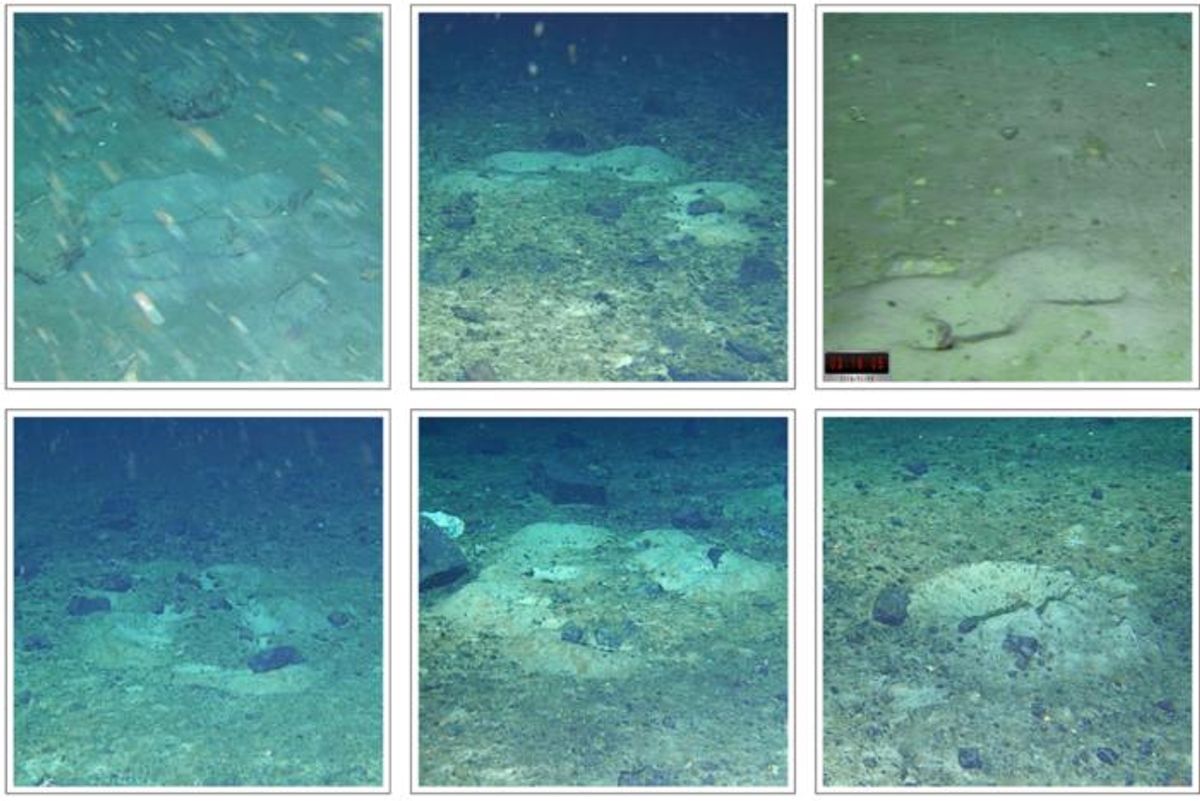In 2019, the Weddell Sea Expedition set off to find Sir Ernest Shackleton’s missing ship, the Endurance. While braving the treacherous, icy waters of the Antarctic sea, the team was unable to locate the Endurance but instead found something unexpected: a collection of icefish nests hidden beneath an about 656-foot-thick (about 200-meter) ice shelf.
Published in Frontiers in Marine Science, a new study details this unique find that showcases the logistical planning and organization fish are capable of when it comes to designing their nests. The discovery also has implications for the future of Antarctic conservation efforts and reminds us of the complexities of the ocean that need our protection — even if we can’t always see them.
Read More: How Shackleton’s Ship Was Finally Found After Century-Long Search
What Makes These Icefish Nests Unique?
Using a remotely operated vehicle named “Lassie,” the expedition team found more than 1,000 of these circular-shaped nests scattered along the seafloor. They quickly noticed that the scattering pattern was not random but a large, complex network of nests that formed a geometric fish neighborhood.
A species of rockcod known as the yellow notie (Lindbergichthys nudifrons) is the one responsible for the creation and design of this fish neighborhood. The nests — appearing on their own, or in curves or clusters — are arranged into specific patterns across the seafloor, likely as a survival strategy.
In this particular arrangement, parents would easily be able to guard their nests from hungry predators. Additionally, the fish can act like a neighborhood watch, with the more vulnerable fish living closer to the middle and the stronger fish along the outskirts. These nests are an exciting example of “selfish herd” theory in action, where individuals work together to protect the group’s survival.
How Did They Find The Hidden Nests?
The Weddell Sea Expedition of 2019 was well-timed, occurring shortly after the A68 iceberg broke off the Larsen C Ice Shelf. This breakage, known as calving, opened up a remote area of the Weddell Sea that had previously been inaccessible.
Although a driving force behind the expedition was to find the Endurance, which the same team successfully did a few years later, they also wanted to conduct scientific research in the area surrounding the Larsen C Ice Shelf. Understanding Antarctica’s ice shelves is important as they play a large role in the rise and fall of global sea levels.
The Future of Antarctic Conservation
Finding these nests has big implications for the future of Antarctic sea conservation. Most importantly, it has turned this area of the Weddell Sea into a Vulnerable Marine Ecosystem. This designation means that it is home to a habitat that is both fragile and crucial to the area’s biodiversity.
Researchers hope this story will bring this thriving underwater neighborhood the same conservation attention as the region’s penguins and seals, as it plays an equally important role in maintaining Antarctica’s fragile food web.
Read More: A Weak Hull May Have Sealed the Ship Endurance’s Tragic Fate Before It Even Reached Antarctica
Article Sources
Our writers at Discovermagazine.com use peer-reviewed studies and high-quality sources for our articles, and our editors review for scientific accuracy and editorial standards. Review the sources used below for this article:
